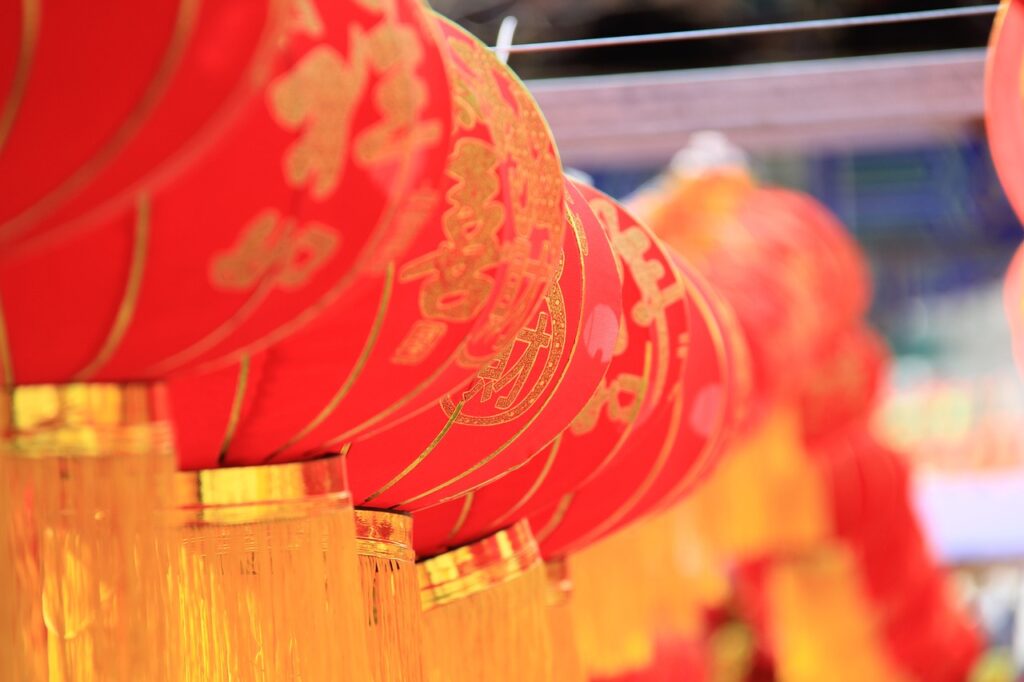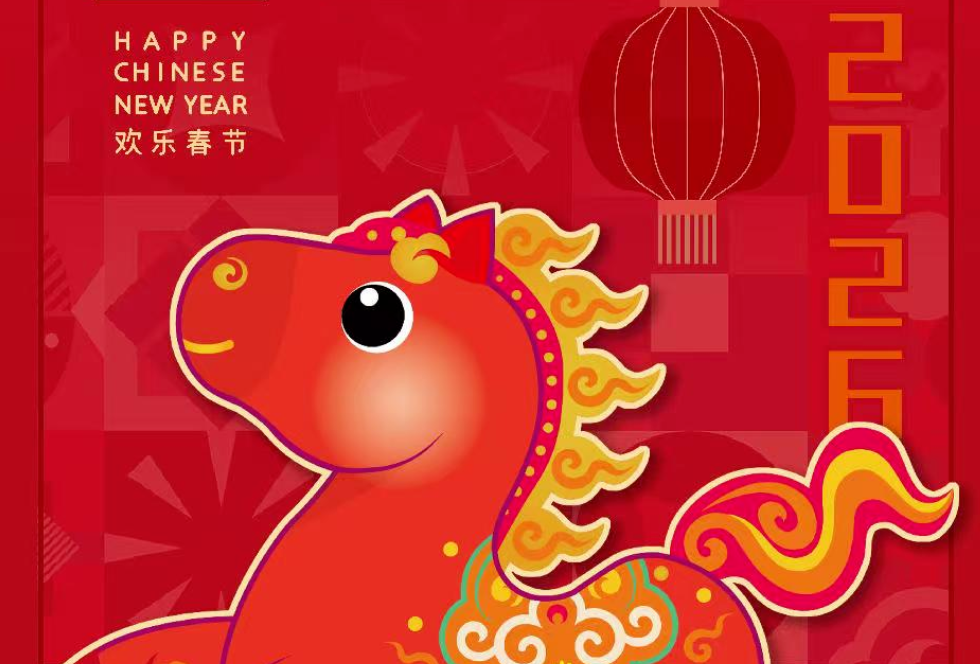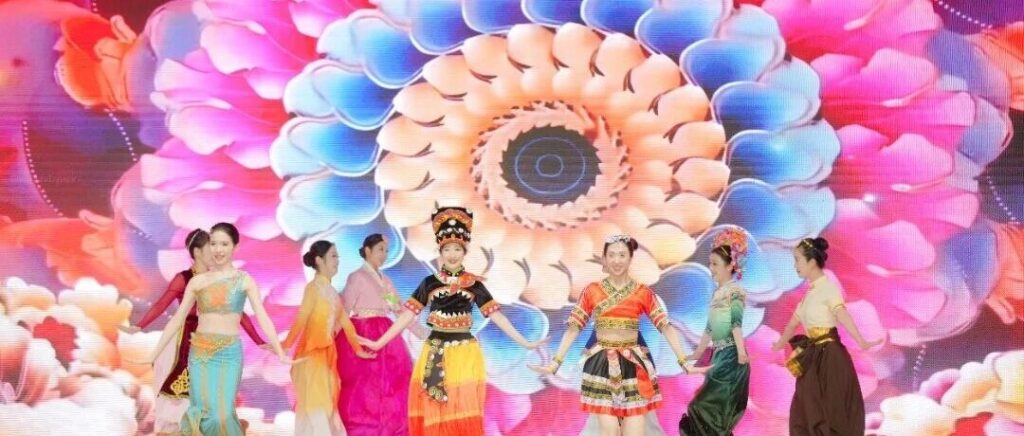The Chinese Spring Festival, one of the world’s most vibrant and cherished celebrations, has been officially inscribed on UNESCO’s Intangible Cultural Heritage of Humanity list. The announcement came on December 4, 2024, marking a significant milestone in recognizing the festival’s profound cultural and global significance.
A Celebration of Family, Harmony, and Renewal
The Spring Festival, also known as Lunar New Year, is celebrated by millions worldwide. It is famed for its rich traditions, including dragon dances, dazzling lantern displays, and sumptuous feasts. Central to the festival is the Chunyun, or “spring migration,” the largest human migration on Earth, as families reunite to welcome the new year together.
“The Spring Festival is a celebration of hope and renewal,” UNESCO noted in its announcement. “Its traditions emphasize harmony, happiness, and the enduring bonds of family, making it a cornerstone of intangible cultural heritage.”
A Legacy of Timeless Traditions
Spanning 15 days, the festival culminates with the Lantern Festival, a breathtaking display of illuminated artistry. Customs such as setting off firecrackers, enjoying symbolic dishes like dumplings, and exchanging hongbao (red envelopes) reflect the depth of its cultural heritage.
The festival’s inclusion on UNESCO’s list highlights its universal values. It is celebrated not only in China but also in communities around the world, from Singapore to San Francisco, uniting diverse cultures in a shared embrace of new beginnings.
Global Recognition, Shared Joy
The designation is seen as a testament to the Spring Festival’s role in fostering cultural understanding and connection. Chinese officials hailed the announcement as a proud moment for their heritage, while UNESCO emphasized the importance of preserving such traditions for future generations.
As the world prepares to welcome the Year of the Dragon in 2024, this recognition adds an extra layer of significance to the celebrations. For many, it is not just a festival—it is a powerful reminder of the enduring ties that connect people across time and borders.






